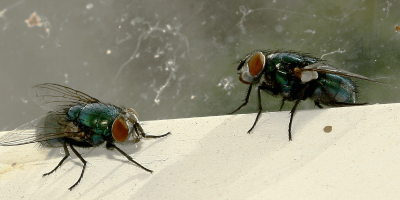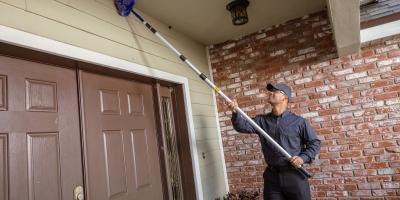Food Safety Inspections And Audits: What’s The Difference?

A site audit can be a potentially nerve wracking endeavor. While many food-handling facilities might consider a safety audit to be a pain, they also know that audits are necessary to ensure the quality and safety of food products before they are distributed to consumers. Insects and rodents can spread numerous deadly diseases, which is why pest control accounts for such a large portion of food safety programs. Yet many facility associates aren’t clear on the difference between safety inspections and audits.
What’s The Difference Between An Inspection And An Audit?
An inspection is a comprehensive physical examination of a facility and equipment, employee practices, and inventory. The primary goal of an inspection is to collect data to determine whether a company’s operations remain within compliance of specified plant programs — particularly food safety standards. Inspectors are encouraged to highlight not only negative conditions, but positive practices as well, since positive reinforcement can encourage and motivate personnel to develop favorable behaviors.
A safety audit includes the collection and measurement of data to verify the effectiveness and reliability of safety programs, employee training, and company systems within a workplace. A safety audit is executed to determine whether the inspection is providing precise, trustworthy, complete results. A safety audit is used to check whether the safety programs are implemented and working properly.
The primary difference between an inspection and a safety audit is that a safety audit also carefully examines and critiques the safety inspection processes. One part of a safety audit could involve analyzing the schedules used for safety inspections to confirm if they are comprehensive and relevant to food safety objectives. The audit may also examine whether inspections are being conducted by the proper personnel, and whether they accomplish the desired goals. The safety audit also analyzes a location’s comprehensive safety plan, the execution of safety practices, and whether corrective action is implemented to fix safety hazards and problems.
How Strict Should My Safety Standards Be?
Your establishment might conform to a number of multiple safety standards. In May of 2000, the Global Food Safety Initiative (GFSI) was founded after numerous, high-profile food safety crises took place in the ‘90s. Wal-Mart became the first national U.S. grocery chain to adhere to GFSI standards, requiring all of its suppliers to adopt GFSI standards as well. GFSI does not conduct its own certification or accreditation programs, but any organization in the U.S. can comply with GFSI specifications by adhering to any of these four standards:
- Dutch Hazard Analysis and Critical Control Point standards (HACCP)
- International Featured Standards (IFS)
- British Retail Consortium (BRC) Global Standard for Food Safety
- Safe Quality Food (SQF) 2000-Level 3 standards
Each of these sets of standards has specific and unique guidelines. The SQF and BRC tend to be the most applicable to American food-handling industries.
Do you need assistance with your facility’s pest management plan or audit preparation? Contact JP Pest Services today for a free commercial consultation. Our service professionals understand the specific requirements to keep New England businesses pest-free and in compliance with food safety standards.



